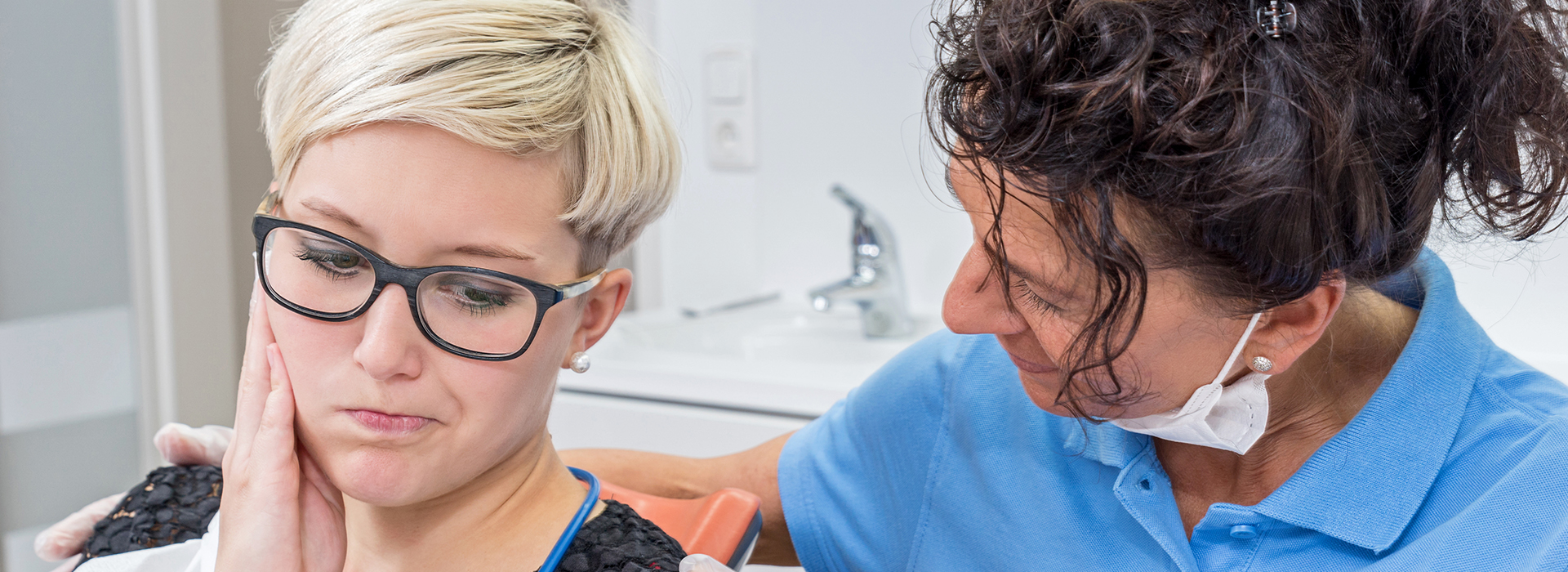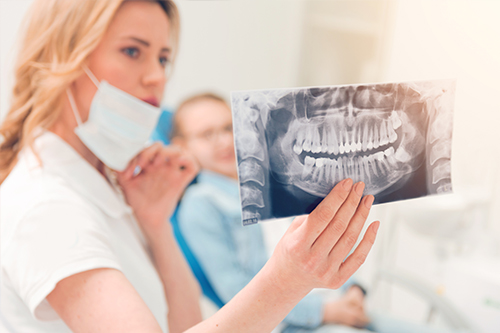Recognizing When a Dental Issue Becomes an Emergency
Dental problems can range from mild annoyances to situations that require immediate attention. If you’re experiencing severe pain, uncontrolled bleeding, a knocked-out tooth, or sudden swelling that affects breathing or swallowing, these signs typically warrant urgent care. Acting quickly can preserve teeth, limit infection, and reduce the likelihood of more extensive treatment later.
Not every toothache is an emergency, but worsening pain, fever, or visible damage after trauma should prompt you to seek professional evaluation. Children, older adults, and anyone with a compromised immune system should be treated with extra caution—what starts as a small problem can progress rapidly in vulnerable patients.
When you arrive for urgent treatment, the clinical team focuses first on stabilizing your condition: controlling pain and infection, assessing tissue damage, and protecting the airway if swelling is significant. Early assessment and appropriate stabilization are the best ways to improve outcomes and preserve oral health.
Types of Urgent Dental Conditions We Manage
Emergency dental care covers a wide range of problems. Acute toothaches often indicate deep decay or infection that requires immediate diagnosis and intervention to relieve pain and prevent spread. Traumatic injuries—such as fractured crowns, loose or displaced teeth, and avulsed (knocked-out) teeth—need prompt attention to maximize the chances of saving the natural tooth.
Oral infections, whether localized abscesses or rapidly spreading cellulitis, pose systemic risks when left untreated and frequently present with swelling, fever, and throbbing pain. Likewise, complications from dental restorations—like broken fillings or lost crowns—can expose a tooth to further damage or infection and should be addressed quickly to avoid escalation.
Soft-tissue emergencies also fall within this care spectrum. Severe lacerations, persistent bleeding after dental work, sudden gum swelling, and unexplained oral lesions that cause pain or interfere with function require timely evaluation to rule out infection, manage trauma, and begin appropriate treatment.
What Happens During an Emergency Dental Visit
When you arrive for emergency treatment, a trained member of the team will perform a focused assessment to identify the cause and severity of your problem. This typically includes a clinical exam, a review of symptoms and medical history, and targeted imaging if needed. The initial goal is to determine whether the situation can be managed immediately or if it requires referral for more advanced care.
Pain control and infection management are central to early treatment. Depending on the diagnosis, the clinician may prescribe medications, perform drainage of an abscess, place a temporary restoration, or stabilize a fractured tooth. Wherever possible, care is delivered to preserve the natural tooth while minimizing discomfort and risk.
Patient comfort and clear communication are part of every visit. The dental team will explain findings, outline short-term steps to resolve the urgent issue, and describe recommended follow-up care to restore function and long-term oral health. If an immediate definitive procedure is appropriate, such as a root canal or crown placement, your provider will discuss the benefits and next steps.
Immediate Actions You Can Take Before Reaching the Office
There are practical, safe measures you can take at home to reduce pain and protect damaged teeth while arranging prompt care. For toothaches, rinse gently with warm salt water and use over-the-counter pain relievers as directed to manage discomfort. For a knocked-out tooth, handle it by the crown, rinse briefly without scrubbing, and try to reinsert it into the socket if possible; otherwise, store it in milk or saline and seek care immediately.
For broken teeth, collect any fragments and bring them with you to the appointment. If swelling or localized infection is present, apply a cold compress externally to control swelling and avoid applying heat. Persistent or heavy bleeding should be managed with direct pressure using clean gauze; if bleeding cannot be controlled, seek urgent medical attention without delay.
Avoid home remedies that could worsen an injury—do not attempt to cut away deeply embedded objects, and avoid using aspirin directly on gums or teeth. Clear, prompt communication with the dental office about your symptoms and how the injury occurred helps the team prioritize care and prepare appropriate treatment materials before your arrival.
Stabilization, Follow-Up Care, and Restorative Options
Once the immediate problem is controlled, the next steps focus on completing treatment and restoring long-term function. In many cases, short-term measures are followed by definitive procedures: a root canal to remove infected tissue and save a tooth’s structure, a crown to rebuild a fractured tooth, or replacement options when a tooth cannot be preserved. The chosen path depends on clinical findings and the patient’s overall health and goals.
Modern dental restorations offer predictable results. Dental implants, fixed bridges, and removable prosthetics are well-established methods to replace missing teeth and reestablish chewing function and esthetics. Your clinician will review the pros and cons of suitable options and coordinate a sequenced plan that addresses healing time, restorative needs, and any necessary referrals.
Follow-up care is essential to monitor healing, manage post-treatment symptoms, and prevent recurrence. Routine check-ins allow the dental team to confirm that infection has resolved, restorations are functioning well, and that any adjacent tissues have recovered. With prompt emergency care and appropriate follow-up, most patients regain comfort and full oral function.
In summary, prompt, knowledgeable emergency dental care can relieve pain, limit complications, and protect your long-term oral health. For urgent needs in Powell, TN, the office of Kennedy Dentistry provides experienced, compassionate care focused on stabilization, effective pain control, and clear plans for restorative treatment. Contact us for more information or to arrange urgent evaluation.







